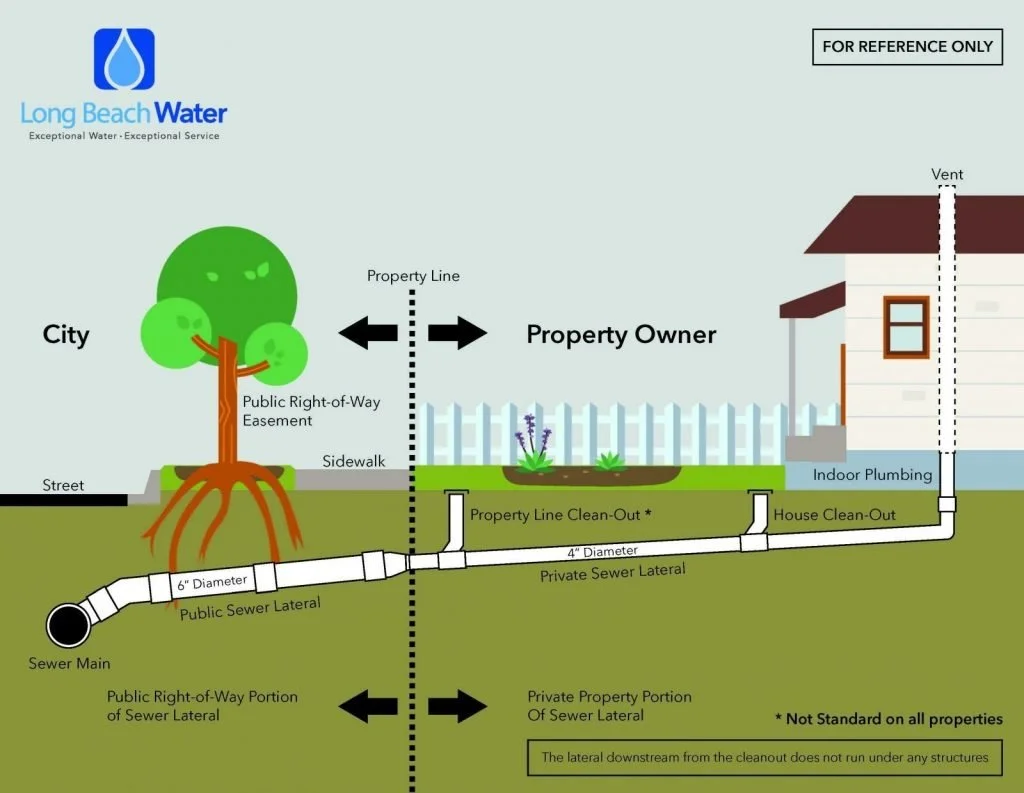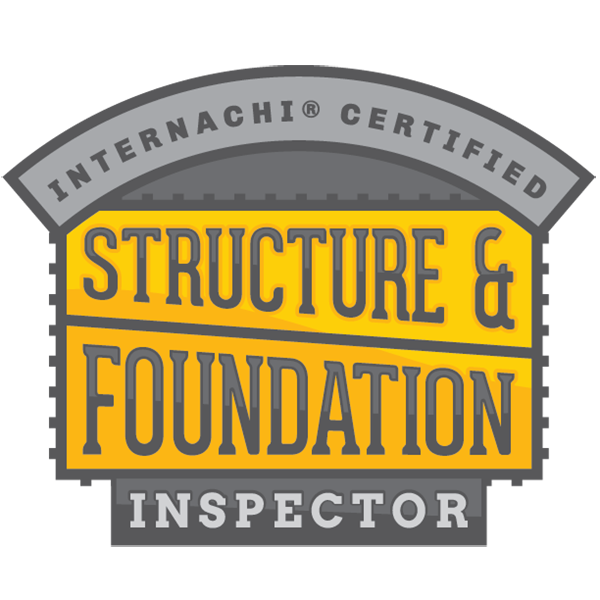When buying a home, most buyers focus on what they can see—the fresh paint, modern appliances, and beautiful landscaping. But what about the unseen dangers lurking underground? A home’s sewer line is one of its most critical components, yet it’s also one of the most overlooked during the home-buying process. A damaged sewer line can lead to severe property damage, unpleasant sewage backups, and costly repairs. That’s why a sewer scope inspection is an essential step for any homebuyer.
What Is a Sewer Scope Inspection?
Diagram of a residential sewer line.
A sewer scope inspection is a specialized inspection where a small, high-resolution camera is inserted into the home's main sewer drain line cleanout. This allows inspectors to visually examine the condition of the pipes, checking for:
Cracks and leaks – Aging pipes can develop cracks that lead to major plumbing issues.
Tree root intrusion – Tree roots can break into sewer lines, causing blockages and pipe damage.
Pipe misalignment or collapse – Soil movement or settling can cause sewer pipes to shift, leading to drainage issues.
Blockages and buildup – Grease, debris, and foreign objects can clog sewer lines, leading to slow drains or backups.
Corrosion and deterioration – Older pipes, especially clay or cast iron, may corrode over time, increasing the risk of failure.
Why a Sewer Scope Inspection Matters
Many buyers assume that if the toilets flush and sinks drain properly during a walkthrough, the home’s sewer system is in good shape. However, sewer line damage often develops slowly, with no visible symptoms—until a major problem occurs. A sewer scope inspection helps buyers avoid unexpected and costly surprises after moving in.
Sewer line issues aren’t just a minor inconvenience—they can be one of the most expensive home repairs. According to the National Association of Sewer Service Companies (NASSCO), sewer line replacements can cost between $5,000 and $25,000, depending on the damage and location. In urban areas, where sewer lines often run beneath driveways or city streets, repair costs can skyrocket due to excavation requirements.
A simple sewer scope inspection with Forever Home Inspection, which typically costs only $199, can help identify these issues before you buy, giving you the chance to save money by:
Negotiating repairs or replacement with the seller before closing.
Planning for future maintenance if minor issues are found.
Avoiding buying a home with major hidden defects.
Who Should Get a Sewer Scope Inspection?
While every homebuyer can benefit from a sewer inspection, it’s especially important if:
The home is over 20 years old (older pipes are more prone to damage).
The property has large trees, which may have roots invading the sewer line.
There have been past plumbing issues like slow drains or backups.
The home is in an area with expansive soil, which can cause pipes to shift and crack.
Protect Your Investment—Schedule a Sewer Scope Inspection with Forever Home Inspection Today
A damaged sewer line is one of the most expensive and disruptive repairs a homeowner can face. A sewer scope inspection is a small investment that can prevent massive headaches down the road.
At Forever Home Inspection, we specialize in detailed sewer drain line scope inspections to help homebuyers make informed decisions with confidence. Don’t let hidden underground issues catch you by surprise—schedule your sewer scope inspection today!
Bibliography
National Association of Sewer Service Companies. “The Cost of Sewer Line Repairs and Replacements.” NASSCO, 2023.
U.S. Environmental Protection Agency. “Aging Infrastructure and Sewer Line Failures.” EPA.gov, 2023.
American Society of Home Inspectors. “Why Sewer Line Inspections Are Essential for Homebuyers.” ASHI, 2024.
International Association of Certified Home Inspectors. “Common Sewer Problems Found During Inspections.” InterNACHI, 2023.
Consumer Reports. “Hidden Home Defects That Can Cost You Thousands.” Consumer Reports, 2024.




